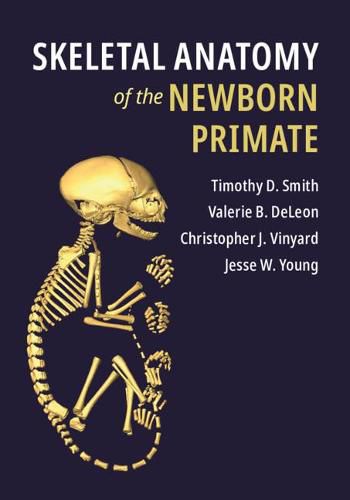Readings Newsletter
Become a Readings Member to make your shopping experience even easier.
Sign in or sign up for free!
You’re not far away from qualifying for FREE standard shipping within Australia
You’ve qualified for FREE standard shipping within Australia
The cart is loading…






Although much is known about the anatomy of adult primates, particularly chimpanzees, the same cannot be said for the anatomy of young primates, especially non-hominoid primates such as lemurs and marmosets. This is the first book dedicated to newborn skeletal and dental anatomy and how it varies across primate species, which is important for interpreting adult primate skeletal form, as well as for comprehending primate and human evolution. Structured according to anatomical regions, the book includes hundreds of detailed anatomical illustrations, a color atlas illustrating entire skeletons in representative taxa, and boxes at the end of each chapter providing further detail on key aspects covered in the main text. Whilst the book is primarily a guide to comparative anatomy, it also highlights the links between development and behavior. An indispensable resource for students and researchers in the fields of biological anthropology, anatomy, primatology, growth and development, dental biology, and veterinary medicine.
$9.00 standard shipping within Australia
FREE standard shipping within Australia for orders over $100.00
Express & International shipping calculated at checkout
Although much is known about the anatomy of adult primates, particularly chimpanzees, the same cannot be said for the anatomy of young primates, especially non-hominoid primates such as lemurs and marmosets. This is the first book dedicated to newborn skeletal and dental anatomy and how it varies across primate species, which is important for interpreting adult primate skeletal form, as well as for comprehending primate and human evolution. Structured according to anatomical regions, the book includes hundreds of detailed anatomical illustrations, a color atlas illustrating entire skeletons in representative taxa, and boxes at the end of each chapter providing further detail on key aspects covered in the main text. Whilst the book is primarily a guide to comparative anatomy, it also highlights the links between development and behavior. An indispensable resource for students and researchers in the fields of biological anthropology, anatomy, primatology, growth and development, dental biology, and veterinary medicine.